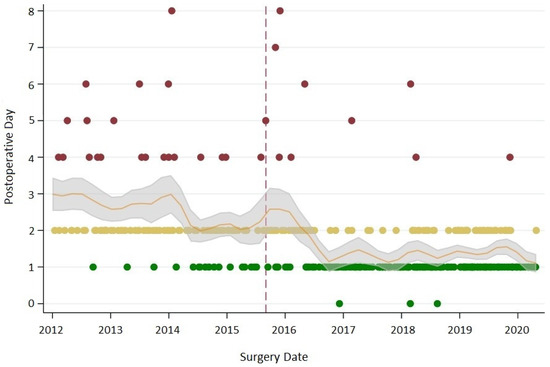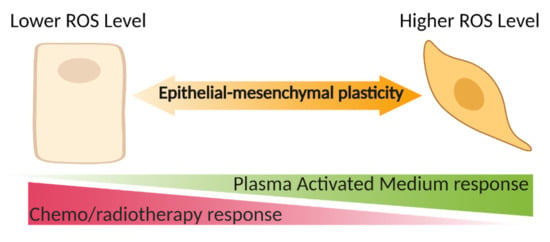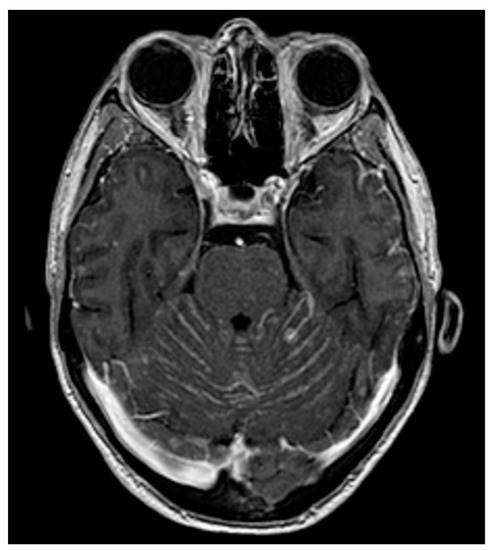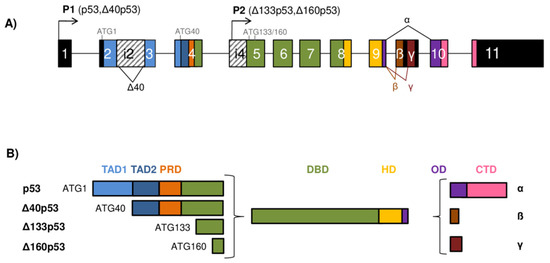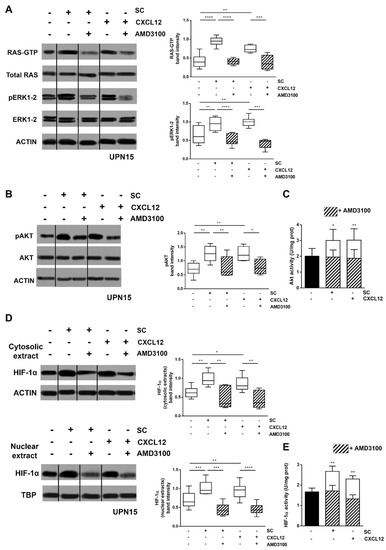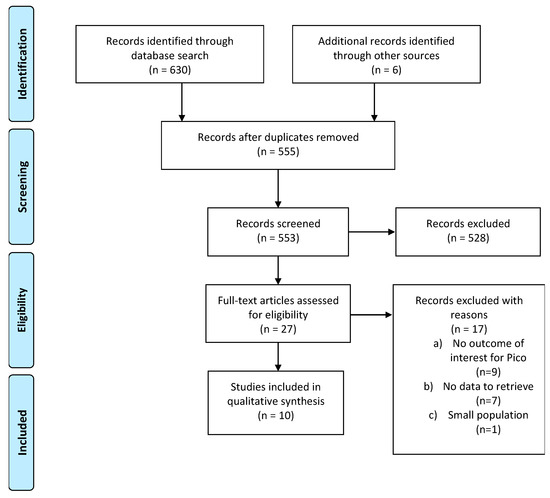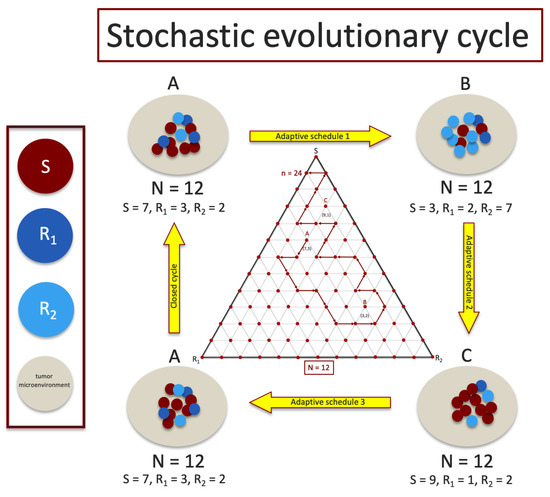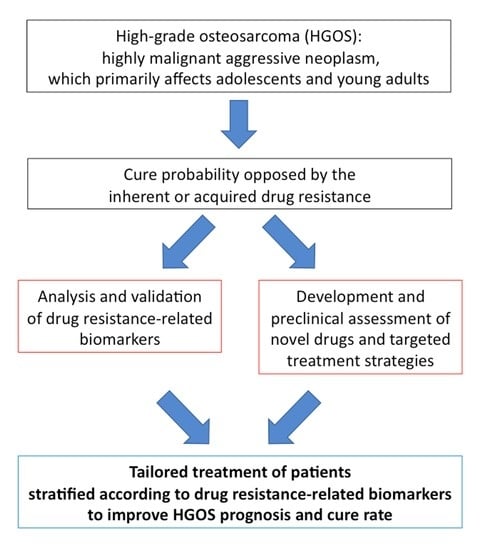Cancers 2021, 13(12), 2890; https://doi.org/10.3390/cancers13122890 - 9 Jun 2021
Cited by 7 | Viewed by 4363
Abstract
One of the foundational elements of enhanced recovery after surgery (ERAS) guidelines is early postoperative mobilization. For patients undergoing head and neck cancer (HNC) surgery with free flap reconstruction, the ERAS guideline recommends patients be mobilized within 24 h postoperatively. The objective of
[...] Read more.
One of the foundational elements of enhanced recovery after surgery (ERAS) guidelines is early postoperative mobilization. For patients undergoing head and neck cancer (HNC) surgery with free flap reconstruction, the ERAS guideline recommends patients be mobilized within 24 h postoperatively. The objective of this study was to evaluate compliance with the ERAS recommendation for early postoperative mobilization in 445 consecutive patients who underwent HNC surgery in the Calgary Head and Neck Enhanced Recovery Program. This retrospective analysis found that recommendation compliance increased by 10% despite a more aggressive target for mobilization (from 48 to 24 h). This resulted in a decrease in postoperative mobilization time and a stark increase in the proportion of patients mobilized within 24 h (from 10% to 64%). There was a significant relationship between compliance with recommended care and time to postoperative mobilization (Spearman’s rho = −0.80; p < 0.001). Hospital length of stay was reduced by a median of 2 days, from 12 (1QR = 9–16) to 10 (1QR = 8–14) days (z = 3.82; p < 0.001) in patients who received guideline-concordant care. Engaging the clinical team and changing the order set to support clinical decision-making resulted in increased adherence to guideline-recommended care for patients undergoing major HNC surgery with free flap reconstruction.
Full article
(This article belongs to the Special Issue Surgical Treatment of Head and Neck Squamous Cell Carcinomas (HNSCC))
►
Show Figures
